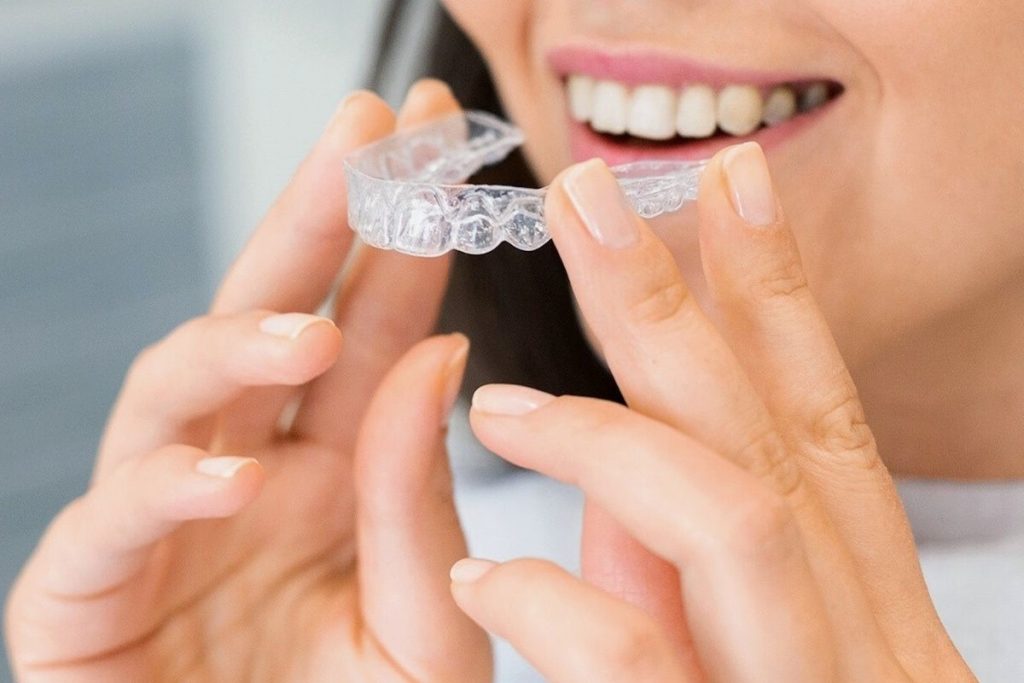If you are missing a tooth or multiple teeth, you will find that there are many different treatment options available to help improve the appearance of your smile and restore the function of your mouth. The main options that are currently available are removable prosthetics, a dental bridge or fixed prosthetics and dental implants Bondi Junction. Many patients, who have avoided the dentist for a long period of time, continue to avoid the dentist following tooth loss. However, this can not only be detrimental to your appearance, but it can affect the health of your remaining teeth and result in further tooth loss. If you are missing a tooth or you undergo a tooth extraction, it is likely that the surrounding teeth will eventually shift to try and fill the gap made by the missing tooth. Not only can this affect your appearance, but it can change your bite and cause many dental issues.
Are dental implants suitable for you?
You need to make an appointment with your dentist and undergo a thorough examination of your teeth and gums to get their opinion on how you can replace your missing tooth or teeth. Your dentist will put together an individually tailored treatment plan for you. They will take into consideration the health of your remaining teeth and any other underlying issues which may be affecting your mouth, as well as underlying health issues which may mean that oral implants are unsuitable for you.
Dental implant surgery

Dental implants are metal titanium screws that are surgically placed into the bone socket of your missing tooth underneath your gum tissue. This is the first part of the surgery, and the gum will be stitched back into place for the implant to become embedded into the bone. You may experience some swelling and discomfort, and the implant will require 3 to 6 months to heal. This healing process is known as osseointegration and the bone around the implant remodels and attaches itself to the implant, allowing the implant to become a permanent fixture in your mouth. It is recommended that you visit your dentist at regular intervals during this time to make sure that the process is coming along successfully.
Replacing your missing tooth
Once your dentist is happy that osseointegration has occurred successfully, they will uncover the implant and place an abutment or a connector post to the implant. The soft tissue around the implant then begins to heal around the abutment and at your next appointment your dentist will design a crown or prosthetic of your choice that will attach to the implant and fit your mouth with accuracy and precision. The finished crown will then be attached to the implant via the abutment at your final appointment, allowing you to leave with a complete smile, restoring the appearance of your face and the function of your mouth and allowing you to enjoy a healthy, happy smile.
Speak to your dentist today and find out more about dental implantation and why it is the gold standard in replacing missing teeth.
Any surgical or invasive procedure carries risks. Before proceeding, you should seek a second opinion from an appropriately qualified health practitioner.
